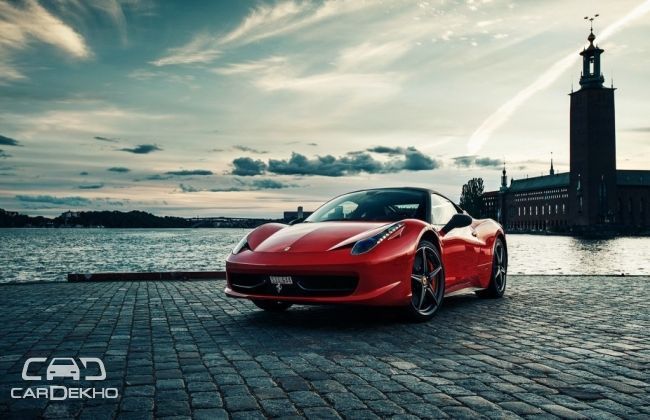Ferrari to reduce 20 percent CO2 emissions by 2021
Published On Jun 25, 2014 06:56 PM By Akshit
- Write a comment
Ace sports carmaker Ferrari has managed to cut down its CO2 emissions upto 40 per cent since 2007. Currently, the cars are averaging 270 g/km of CO2 count, as against 435 g/km of that time, but the Italian carmaker isn't really happy with this too. As of now Ferrari wants to reduce its fleet's CO2 emissions to just 20 percent by the year 2021.

"Our average CO2 emissions are currently about 270 grams of CO2 per kilometer. We want to use all the available technologies to reduce emissions by 3 percent each year, which means approximately a 20 percent decrease by 2021," Ferrari's Powertrain Director Vittorio Dini said.
“One benefit of our low-volume production, roughly 7,000 units a year, is that Ferrari has been able to negotiate its own targets with both European Union regulators and officials at the U.S. Environment Protection Agency. What is important is that Ferrari achieves the same percentage reduction trend as volume automakers," he added.
For achieving this target, Ferrari will start adding turbochargers to all of its current V8 line-up and hybrid system to all its V-12 models. Ferrari has no plans in shedding off its engine cylinders and will use these technologies to compensate that. While explaining this, Dini said “Turbos are not a good solution for Ferrari’s V-12s because four turbo units would be needed to achieve the required improvements. This would take up too much space and create too much heat in the engine compartment.”
As reported earlier, Ferrari's California T, LaFerrai models and other forth-coming models will be going through this route only. Even the 458 is also expected to get the same twin-turbocharged 3.8-liter V-8 as the California T. It will be a part of its mid-cycle refreshment lined-up next year.
As the report states, Ferrari has always been treated as a stand-alone manufacturer, when it comes to CO2 count standard, even if it is an arm of Fiat Chrysler Automobiles. This is because of the fact that it has its own headquarters and research facilities having independent controls. At the same time, the manufacturer only produces very limited cars annually, and that provides a leeway when negotiating targets with regulators.
Source : ANE















